The Enigmatic Legacy of the Moai Statues of Easter Island
Easter Island, also known as Rapa Nui, is home to one of the most intriguing and enigmatic archaeological wonders of the world—the Moai statues. These monolithic figures, with their imposing presence and mysterious origins, have captured the fascination of historians, archaeologists, and travelers alike for centuries.

Unraveling the Mystery
Situated in the southeastern Pacific Ocean, Easter Island is a remote and isolated island of volcanic origin. Despite its small size—just 63 square miles—Easter Island boasts a rich cultural heritage, with the Moai statues serving as its most iconic symbol. Carved from solidified volcanic ash, the statues stand as silent sentinels, scattered across the island’s rugged landscape.
The mystery surrounding the Moai statues lies not only in their impressive size—some reaching heights of up to 33 feet and weighing as much as 82 tons—but also in their purpose and the methods used to create and transport them. Scholars estimate that these statues were carved between the 13th and 16th centuries CE by the island’s Polynesian inhabitants, the Rapa Nui people, though precise dating remains a subject of debate.

Symbolism and Significance
Each Moai statue is believed to represent a deceased ancestor, serving as a commemorative tribute to the island’s lineage and spiritual heritage. The statues are characterized by their distinct facial features, including elongated ears, prominent noses, and solemn expressions, reflecting the artistic style and cultural identity of the Rapa Nui people.
Beyond their symbolic significance, the Moai statues also played a crucial role in the religious and ceremonial practices of the islanders. Many of the statues were erected atop ceremonial platforms known as ahu, facing inland to oversee and protect the communities they represented. These platforms served as focal points for communal gatherings, rituals, and offerings, reinforcing the spiritual connection between the living and the ancestral spirits.

Engineering Marvels
The process of carving and transporting the Moai statues from the island’s quarries to their final resting places remains a marvel of ancient engineering and ingenuity. Crafted primarily from the volcanic tuff found in Easter Island’s Rano Raraku quarry, the statues were sculpted using stone tools and manpower, a testament to the skill and craftsmanship of the Rapa Nui artisans.
What is perhaps most astonishing is the method by which the statues were transported across the island’s rugged terrain. Scholars believe that the statues were moved using a combination of sledges, ropes, and wooden rollers, with teams of laborers working in unison to maneuver the massive figures into position. The precise techniques employed in this monumental feat of logistics continue to inspire awe and admiration to this day.
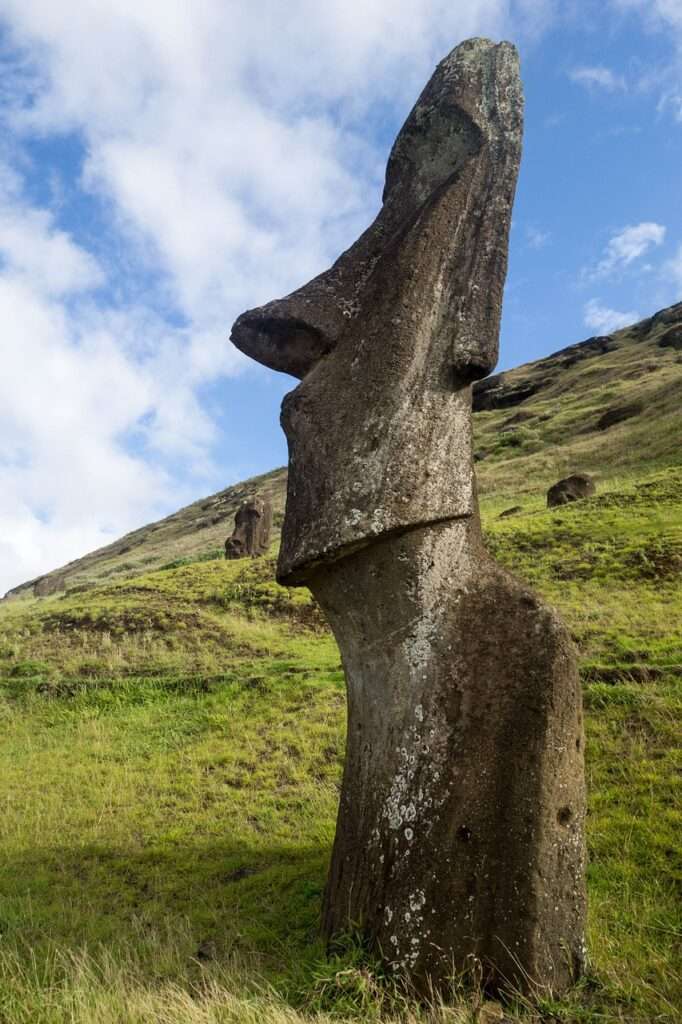
Preservation and Legacy
Despite enduring centuries of environmental challenges, including deforestation and erosion, the Moai statues of Easter Island stand as enduring symbols of resilience and cultural pride. In recent decades, efforts have been made to preserve and protect these ancient relics, including initiatives to stabilize and restore damaged statues, as well as to promote sustainable tourism practices on the island.
Today, the Moai statues of Easter Island serve as a poignant reminder of humanity’s capacity for creativity, innovation, and connection to the past. Their silent presence continues to inspire wonder and curiosity, inviting visitors from around the world to embark on a journey of discovery and reflection amid the haunting beauty of this remote Pacific paradise.
In the shadow of the Moai statues, Easter Island whispers its timeless secrets, inviting us to contemplate the mysteries of the past and the enduring legacy of a civilization lost to the sands of time.

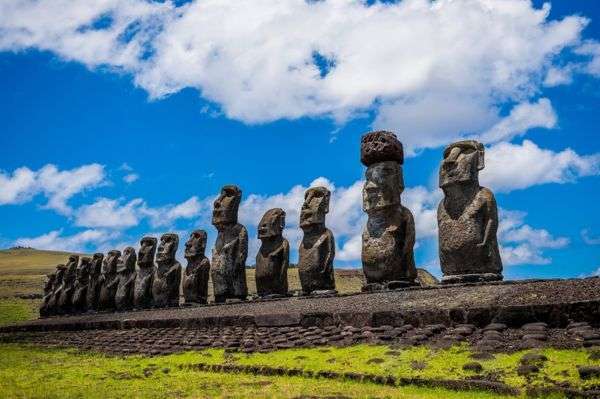
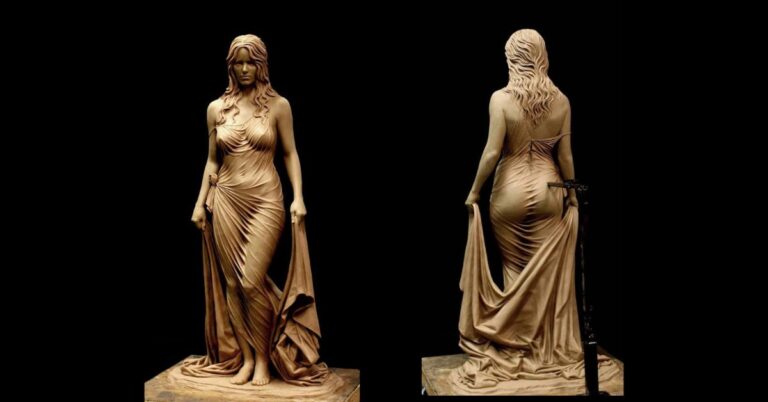
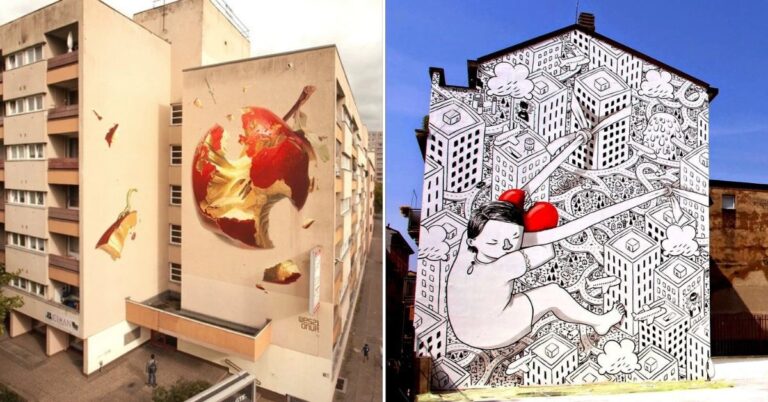

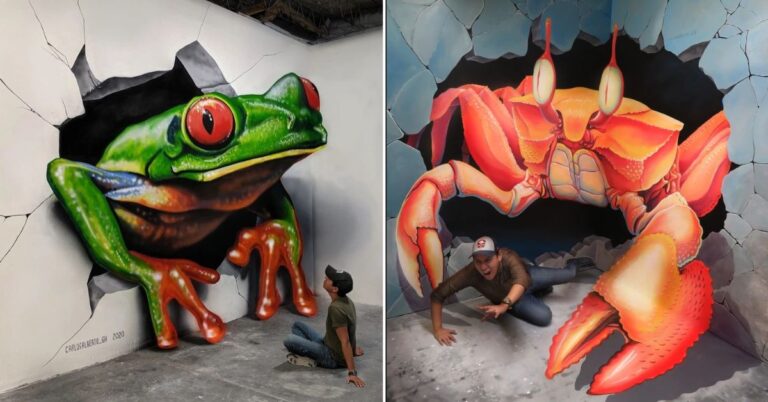
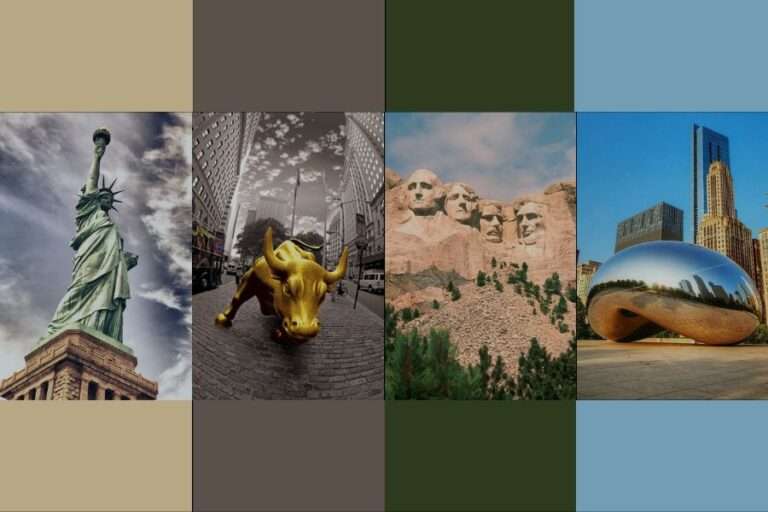

Hi there to every one, the contents existing at this web site are truly awesome for
people knowledge, well, keep up the nice work fellows.
Here is my page vpn 2024